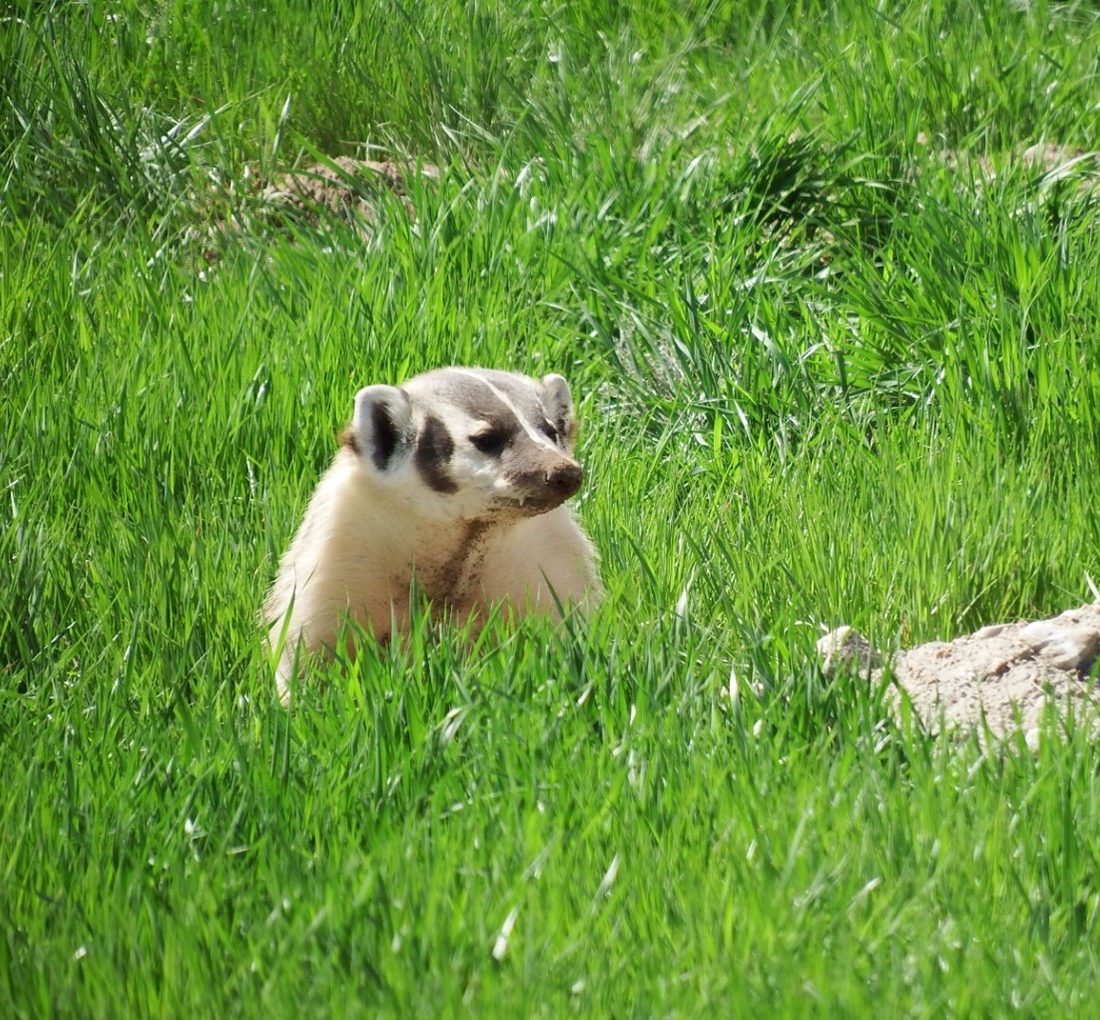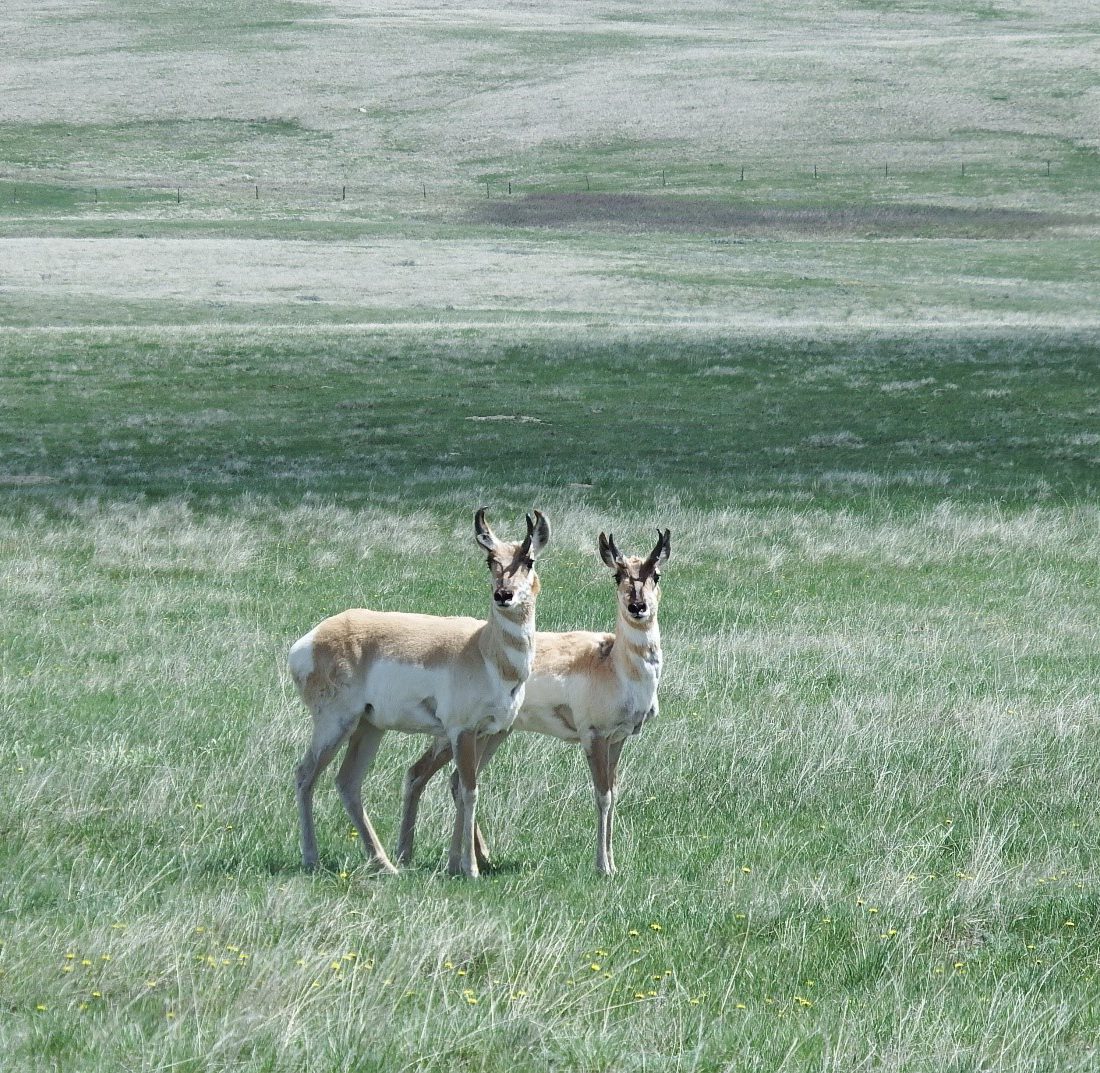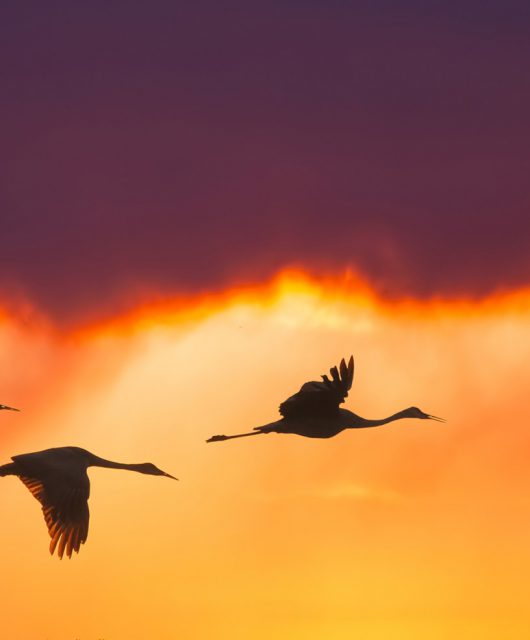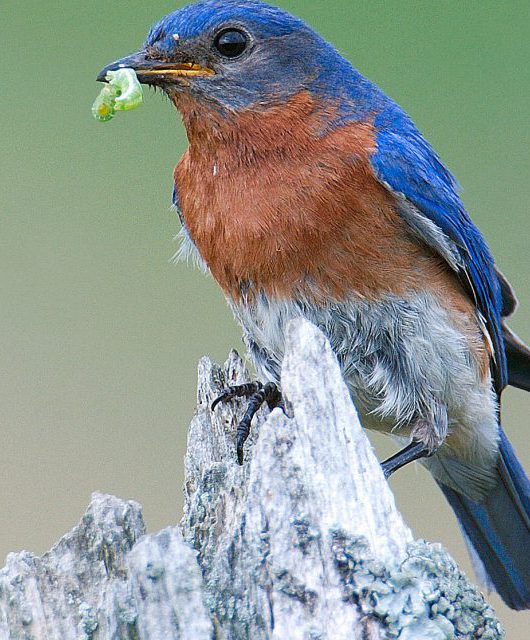When you think of Canadian grasslands, do you think dry, droughty, with barren soils blowing in the wind?
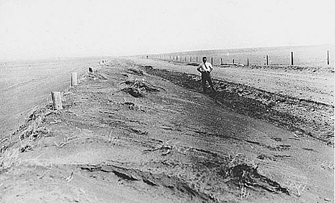
This photo from the “dirty thirties”; the 1930’s when severe drought combined with poor soil management practices to hit the Canadian prairies hard. These days in droughts, the isolated watering holes, called prairie potholes, may dry up, but thanks to improved soil management, even in extreme dry periods these arid (dry) grassland don’t look that dry. And after a bit of rain, you can see how Canada’s prairie’s are quite water dominated.
Have you ever heard of riparian lands in the grasslands? Riparian Zones, lands right next to Canada’s mighty rivers like the Bow, the South Saskatchewan, the Assiniboine, look like an evergreen snake across our prairie ecoregion. They are major contributors to the grassland biodiversity mosaic, sheltering deer and moose and the home of shrubs like thorny buffaloberry that wouldn’t stand a chance on the dry uplands.
The Saskatchewan watershed is home to some 100,000 lakes and rivers.
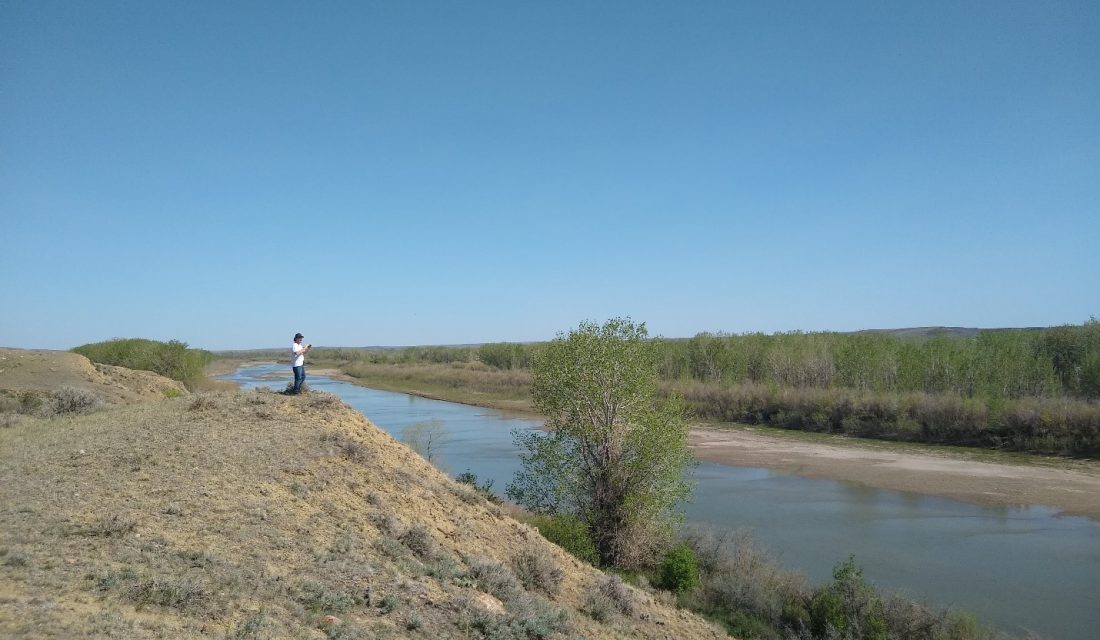
What About Prairie Potholes?
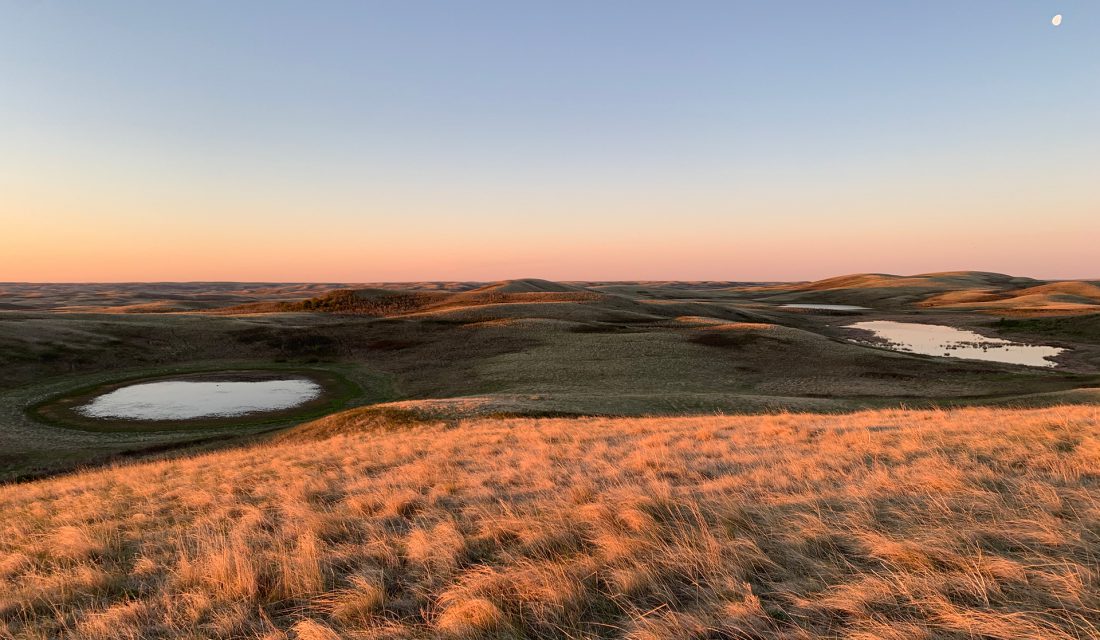
Potholes are wetland pockets, often fed only by snowmelt, disconnected from the prairies’ major rivers. They provide an oasis for many species, particularly waterfowl, that use these areas in the grassland to feed, breed, and raise young, as well as amphibians (frogs and toads) that lay eggs in pothole water and burrow in their mud to overwinter.

If There is Water, are There Shorebirds on the Prairies?
Indeed there are. With thousands of small potholes, there are millions of kilometres of shore for magnificent birds like avocets and phalaropes to wade in, probing in the rich mud for a meal.
Canada’s grasslands can be incredibly diverse, offering many more habitats than grass as their name might imply. This mosaic offers a variety of roosting, feeding, and resting areas for many wildlife species such as Pronghorn, yellowlegs, snakes, and even fish (western silvery minnow) and chorus frogs.
This year, the snowpack was very low in the Canadian prairies and there were predictions for drought in the grasslands. However, mother nature turned things around and provided the grasslands with abundant rain in May and early June.
Most of the west is quite green this summer — many have commented they haven’t seen the prairies so lush in many years; good news for grassland plants and wildlife. A wet year like this can help to replenish lakes and wetlands. Even groundwater aquifers can be recharged.
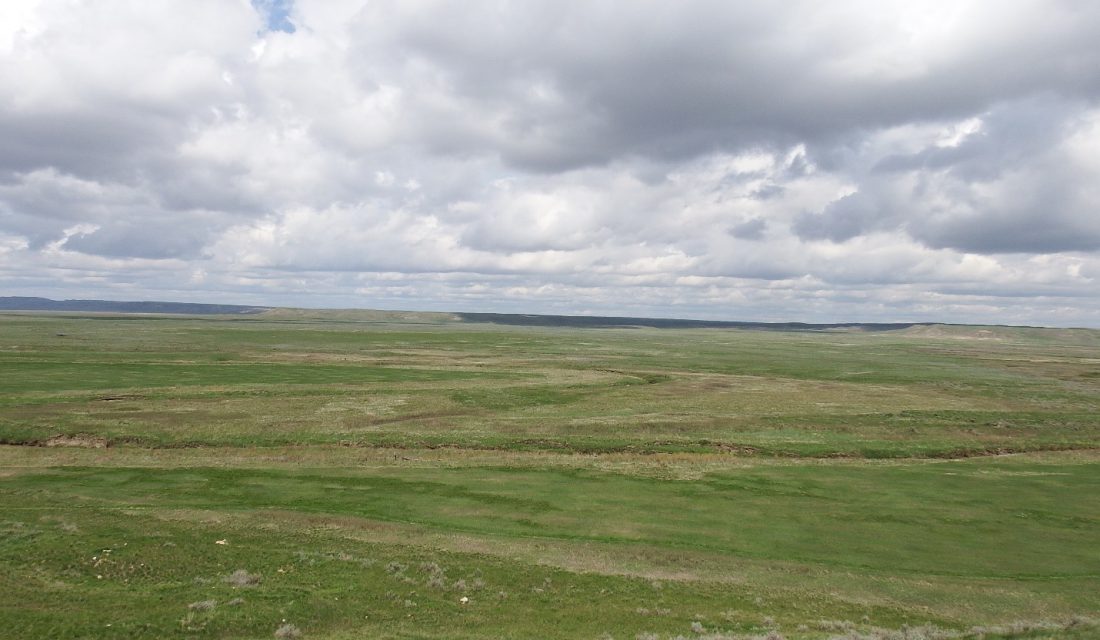
Not all wildlife are reveling in the cool, wet spring that southern Saskatchewan has enjoyed this year after many years of drought. Our crew collecting insects near Mankota for the Saskatchewan Stock Growers Foundation Multi-taxa project — part of the Agriculture and Agri-food Canada Living Labs network — are finding it hard to collect enough bugs for analysis this summer. The cool, wet conditions are not ideal for most insects who rely on the prairie’s unrelenting sun to incubate their fragile eggs against the dark soil. Grasshoppers that were hyper-abundant in last year’s hot dry conditions are hard to find this year! In nature, you always have to expect the unexpected.
Hopefully, I’ve challenged what you might think grasslands look like and also convinced you that wetlands, ponds and rivers play an unexpectedly prominent role in Canada’s grassland biodiversity. Let’s conserve these grasslands for the dry and wet habitat they provide.

